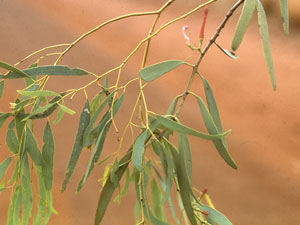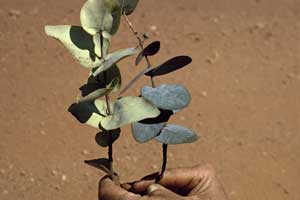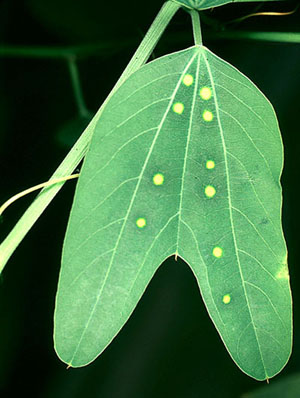The plant kingdom has an overwhelming number of species many of which have become specialised to their localised environments. An extraordinary adaptation many have developed is mimicry of other organisms in the local ecosystem to achieve pollination or protection. We have discussed many of these deceptive mechanisms over the past 11 weeks. The complexity of each mechanism is astounding. From the protective deception of Lithops to the olfactory mimicry of carrion and pheromones, the variety of mimics we have discussed provides an interesting look into convergent evolutionary tactics.
Perhaps one of the most fascinating families we have looked at is the Orchidaceae, which comprises the most complex and numerous forms of mimicry in the plant kingdom. The orchids have coevolved to attract and rely upon one or few species of pollinators, which involves the development of species-specific olfactory, visual, and tactile cues.
One of the most important pieces of information these co-evolutionary relationships provide, in all examples we have discussed, is the interdependence of organisms within ecosystems. If these plants rely on one or few species to pollinate, as many do, then it is important to realise the detrimental effects disturbance of these ecosystems can have. If, for instance, humans attempt to control certain insect species we perceive as pests, and these insects serve an important pollinating role, many species could suffer.
Lastly, it is important to realise that all of the information researchers have obtained so far is infinitesimally small compared to what is unknown. Many mechanisms behind mimicry and deception, particularly related to evolutionary origin, are poorly understood. It is also good to note that analysis of relationships from a human perspective can be flawed. Though it is all well and good to recognise these relationships as fascinating, many of these co-evolutionary relationships are of vital importance to the balance of the respective local ecosystem. It is my hope that researchers do and will continue to keep this in mind.








